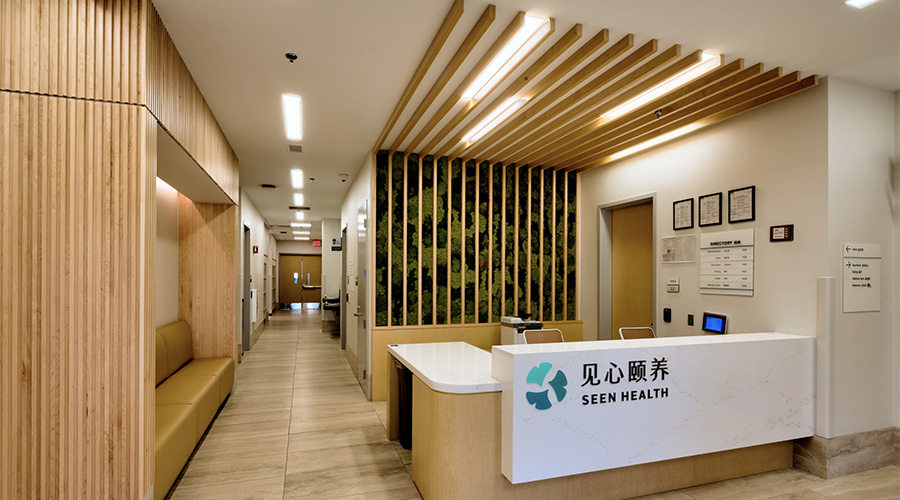Healthcare facilities are among the most common applications for antimicrobial and antibacterial coatings, according to an article on the FacilitiesNet website.
Antimicrobial agents are toxic to bacteria, viruses, and fungi, while antibacterial agents are effective against bacteria.
Antimicrobial agents destroy or inhibit the growth of microorganisms. These coatings contain additives that protect surfaces from odor-causing bacteria, viruses, mold and mildew.
Antibacterial agents work by preventing initial adhesion of microorganism cells to a surface. One example is anodizing the surface with a finish containing a polymer and calcium phosphate coating containing chlorhexadine.

 How Efficiency Checklists Help Hospitals Save Energy, Water and Money
How Efficiency Checklists Help Hospitals Save Energy, Water and Money Designing with Heart: Seen Health Center Blends Cultural Warmth and Clinical Care
Designing with Heart: Seen Health Center Blends Cultural Warmth and Clinical Care Rutgers Health and University Hospital Breaks Ground on Campus Expansion
Rutgers Health and University Hospital Breaks Ground on Campus Expansion What to Consider When Modernizing Healthcare Facilities
What to Consider When Modernizing Healthcare Facilities Corewell Health Beaumont Troy Hospital to Build New Tower
Corewell Health Beaumont Troy Hospital to Build New Tower